
What is it about ancient sites that captures the human heart and mind? Is it that we can’t believe our ancestors were capable of such magnificent building feats, or do we feel more connected to our history and culture when we can see the source? Either way, there’s no denying the power of standing in front of something that was built thousands of years ago. Take a walk down memory lane at the following…
Chichen Itza
The famous Mayan city dates back to 600 AD, and was inhabited for at least 600 years continuously until Hunac Ceel conquered it in the 13th century. It was a major hub of civilization back then and still brings in a crowd of 1.2 million tourists a year thanks to it’s intricate step pyramid.
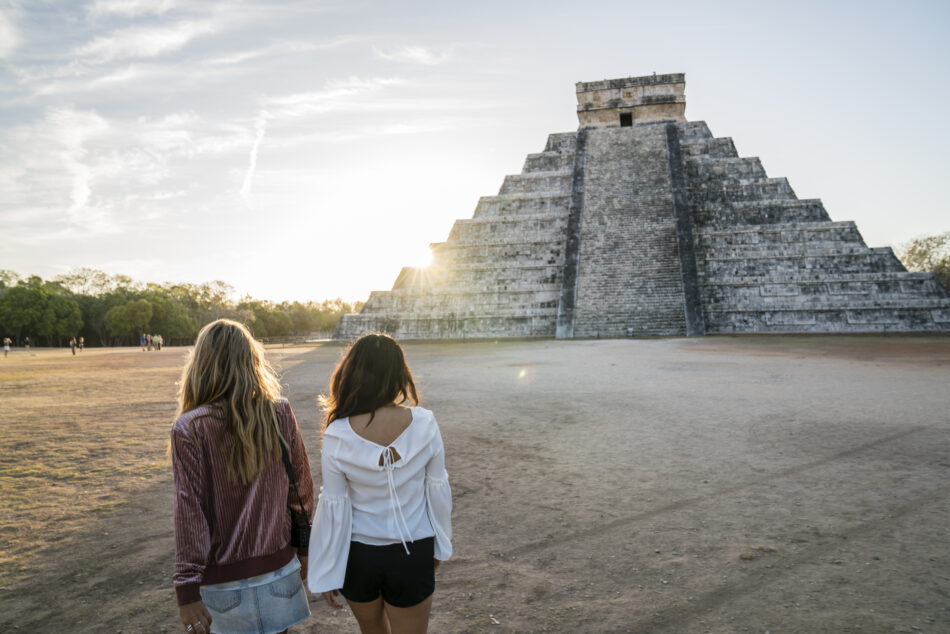
Pyramids of Giza
Speaking of pyramids, lets just take a moment to talk about the greatest of them all. The Great Pyramid of Giza was completed as a tomb for the pharaoh Khufu in 2560 BC, and architects still marvel today at the builders’ knowledge and skill in creating the dominating pyramid (plus the three smaller surrounding ones) without aerial equipment. Supposedly laced with booby traps (and ya know, precious and ancient treasure), tourists are allowed to walk up to the crumbling slopes of the Great Pyramid, but can only actually enter one of the smaller pyramids.
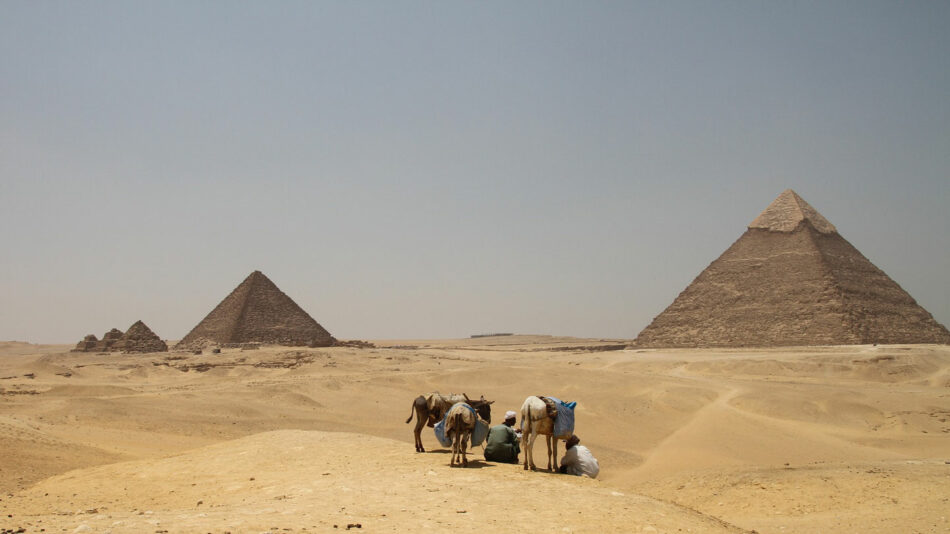
Pompeii
Pompeii’s sad history is well known to many, but without the volcanic ash from Mount Vesuvius’ eruption in 79 AD to preserve the city we might never have known about the tragedy that wiped out the population. The site was forgotten after the destruction and rediscovered again in 1599. About a third of the artifacts and remains are available for viewing by tourists, who have been flocking there for 250 years.
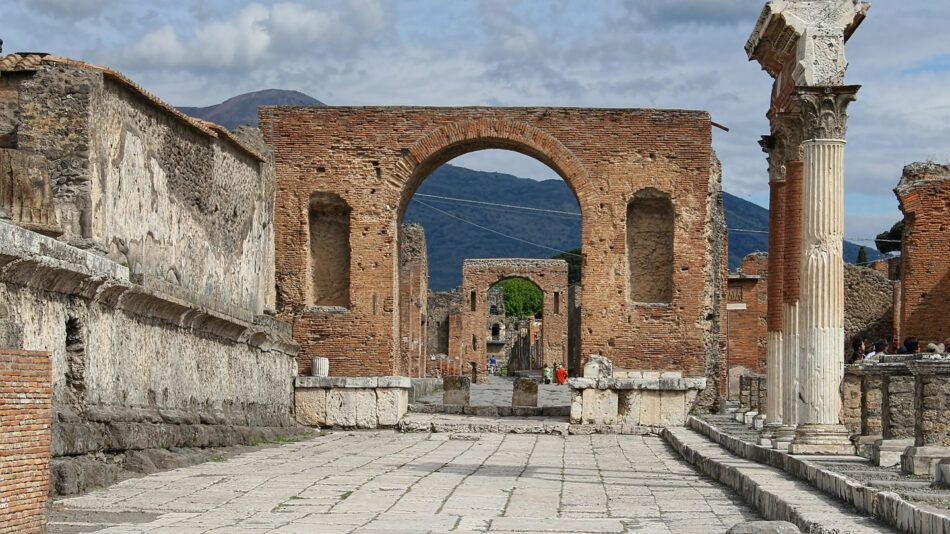
Colosseum
Also known as the Flavian Amphitheatre thanks to the dynasty that commissioned it in 72 AD, the Roman monument is famous worldwide. Home to gladiator fights and public amusements, it could hold up to 80,000 people at one time and was the hub of entertainment back then. It’s actually a miracle that the structure is only partially collapsed and damaged considering its never fallen out of human memory unlike many ancient wonders.
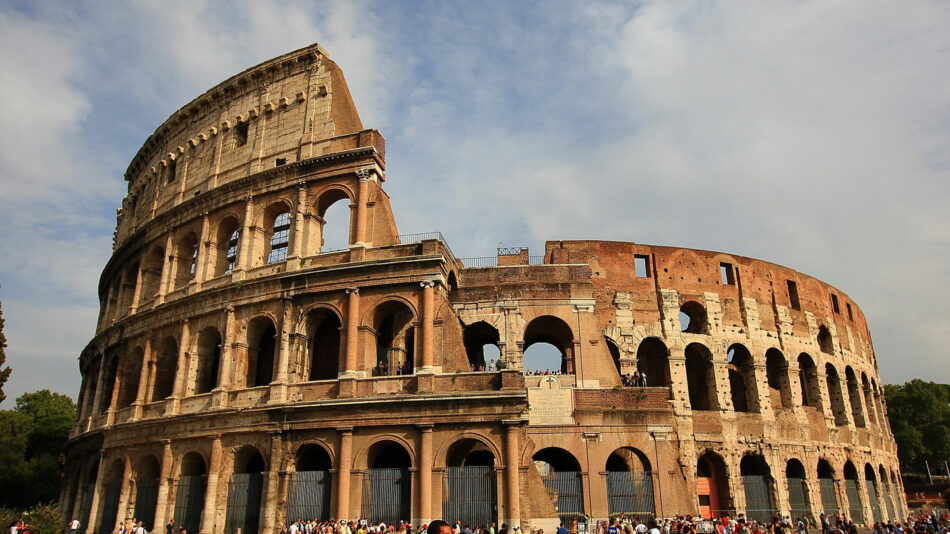
Machu Picchu
This breathtaking Inca site, dating back to the 15th century, is thought to be an estate for emperor Pachacuti (#fancy). While Peruvians, Spanish and even Americans knew of the site, it didn’t garner much attention nestled in it’s valley until 1911, when excavations started. It’s now of course one of the world’s most popular tourist destinations, with around 400,000 trekking or catching the cable car to see the sun rise over the misty temples.
ALSO READ: MACHU PICCHU WAS THE BUCKET LIST EXPERIENCE I NEVER KNEW I NEEDED
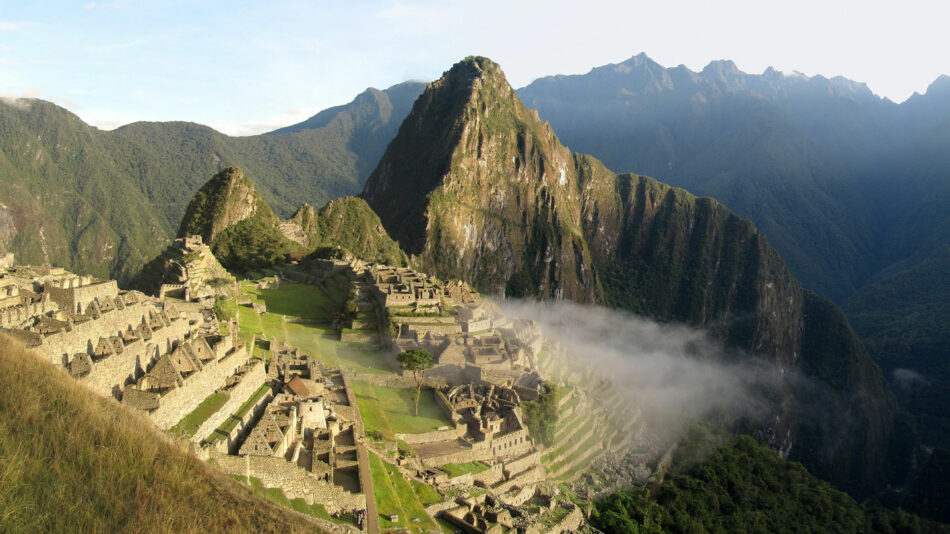
Stonehenge
So much is unknown about the ring of standing stones on a hill in England, but archaeologists DO know that it was built between 3000 and 2000 BC. The pattern we see today is the last one that was left there and many other formations have been found beneath the ground, proving the site was in use for some time. But why and what for? Whoever built them left no records, so we’ll probably never understand their true purpose… but the beauty of the ancient rocks is in the mystery, right?
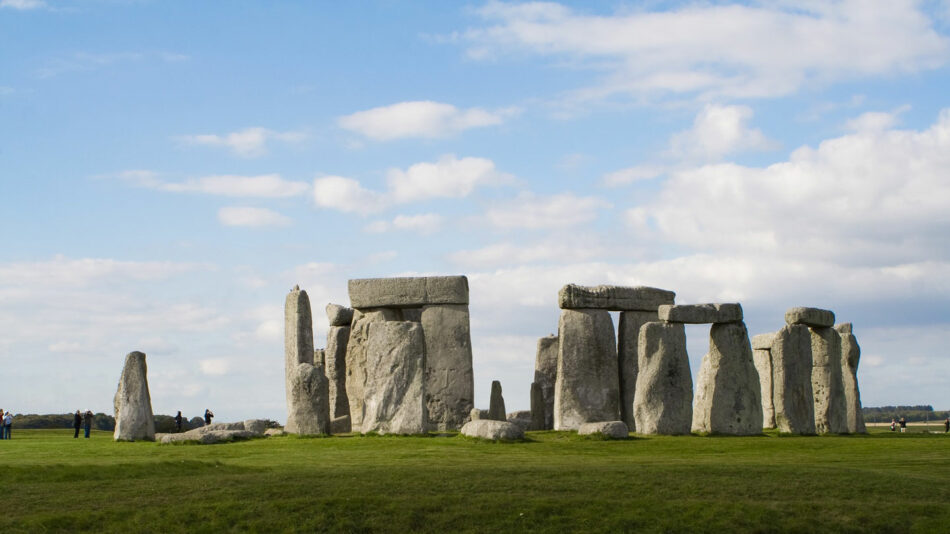
Roman Baths
Step back in time and live like the Romans… in England. Built in 60 AD by the enterprising ancient Romans to capture the delightful hot spring waters underneath Bath, the site is very well preserved to this day. Sadly, there is no dipping yourself in the waters, it’s just for the (over a million) tourists a year to peruse.
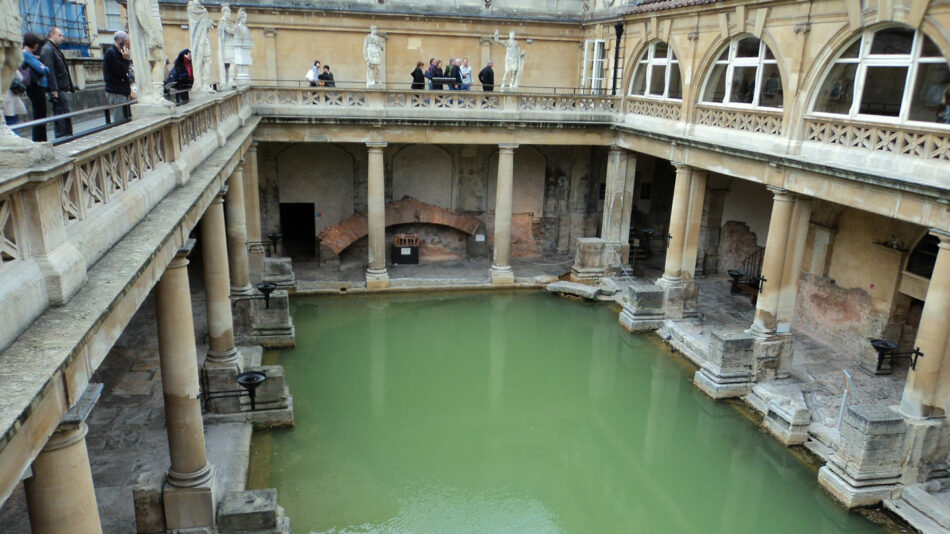
Angkor Wat
The temples of Angkor Wat are the largest religious site in the world. Spread out over 500 hectares, they make Vatican City look like a dollhouse. Interestingly, since the Khmer Empire built the main temple in the 12th century, it’s been dedicated to both Hinduism and Buddhism (then back, and back again). This has resulted in a mix of themes and statue styles throughout; all incredible in their history and beauty.

The Acropolis
The citadel overlooking Athens started being built in the 5th Century BC, and was an important site for Greeks for centuries. The now popular tourist spot is known for its iconic white columns and range of ancient ruins, the most famous being the Parthenon. Walking amongst the foundations, it’s easy to imagine the daily life of those that worshipped and lived there.
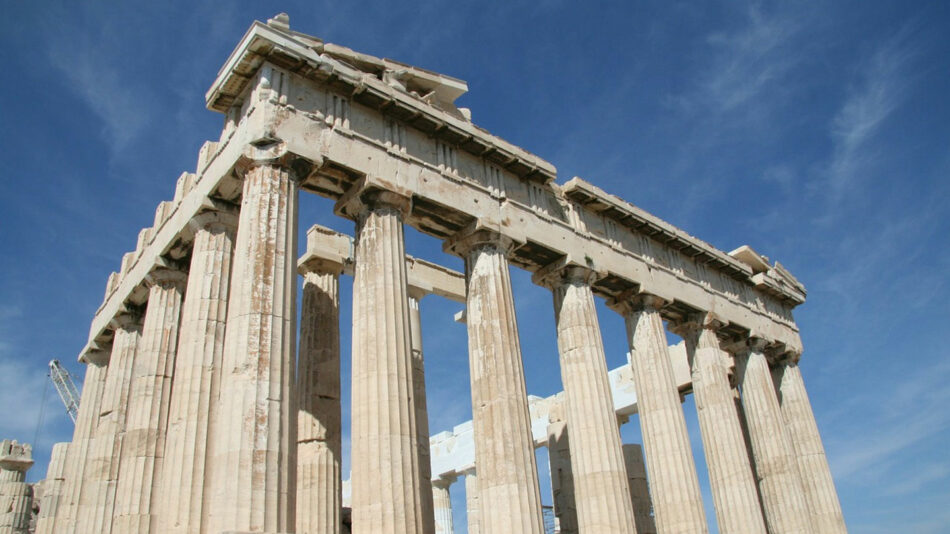
Delphi
This lesser known Greek monument was home to the Delphic Oracle and the Temple of Apollo. Dating back to 500 BC, it’s said Zeus himself chose the site. The mystery of the Gods was only one part of the ancient sanctuary though; it also had a gymnasium, stadium and theatre. See? The Ancient Greeks weren’t so different to us after all.

Tikal
Hidden deep in a rainforest not as ancient as itself (climate change is real guys), the Mayan temple complex has been around since the 4th century BC. Once a bustling city and home to tens of thousands of people, the jungle has since reclaimed the stones. Many have been partially restored to show tourists their original magnificence, but it’s unknown how many temples are really left undiscovered. The temple you won’t miss is Tikal Temple 1. At 47 metres and overlooking one of the main forums, who knows what human sacrifices, rituals and ball games this piece of ancient architecture has seen.
